Landschlacht, Switzerland, 22 October 2017
Tomorrow, we fly to London.

My wife is concerned.
2017 has been a bad year for London.
22 March: Attack on Westminster Bridge – 6 dead, 40 injured

3 June: Attack on London Bridge – 11 dead, 48 injured

19 June: Attack on Finsbury Park Mosque – 1 dead, 11 injured

Above: The North London Central Mosque, Finsbury Park
15 September: Attack on Parson´s Green Tube Station – 22 injured
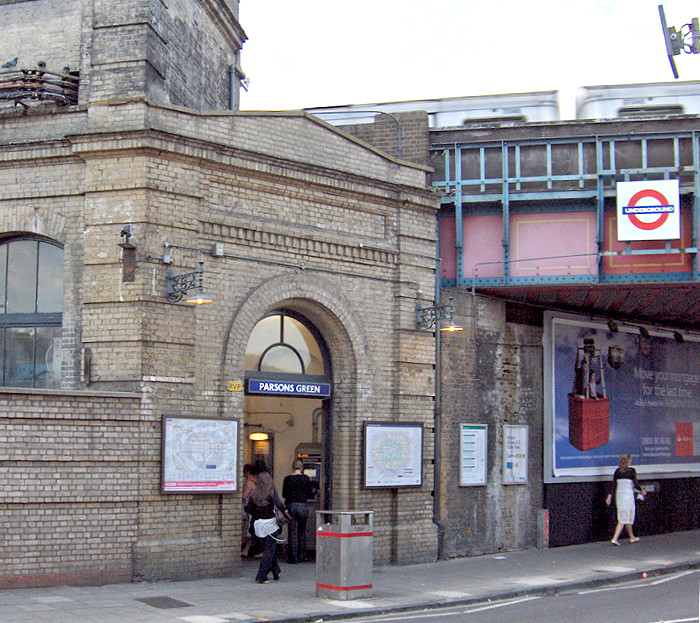
Still these pale in comparison to the 7 July 2005 Tube attacks, resulting in 52 dead and 0ver 700 people injured.
Are we walking into a danger zone?
But these days is there truly any place that is completely safe?
In Switzerland, during our vacation in Italy, a crazy man stabbed to death an Indian student just outside our Starbucks store window in St. Gallen.
Just the year prior, another disturbed individual attacked train passengers with fire and a knife near Salez-Salenstein, mid-distance between St. Gallen and Chur.
And this is Switzerland, a neutral, peaceful country.

Yet, despite these events, I still continue to work at the same location of the Starbucks incident and have a number of times ridden the train between St. Gallen and Chur passing Salez-Salenstein, and I remember.
These are times that test men´s souls and cause hearts to race with fear, but nonetheless we must keep on living.
Is London dangerous?

Can a city that has existed for two millennia always be safe?
Yet today over 8.7 million people continue to survive and thrive in central London, over 13.8 million in the 33 Boroughs of the Greater London area, speaking over 300 languages.
They haven´t fled in panic despite the 7/7 attacks and it would take much more than this before Londoners would lose their nerve and abandon the place.
London remains the world´s largest financial centre, has the largest concentration of wealth in the world and is the leading investment destination, which means it will continue to be a target.
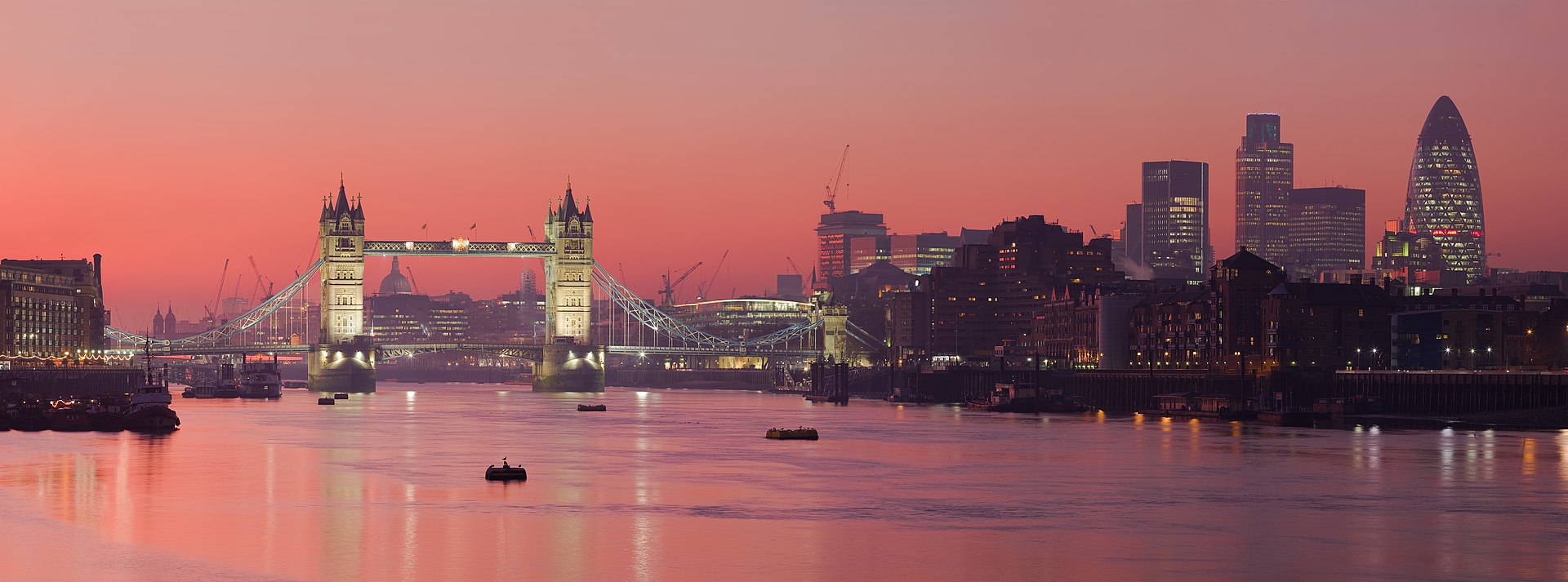
Yet despite all the anguish and fear that these events create in the world press, London remains the most visited city on the planet, with the world´s largest city airport system and the oldest underground railway network.
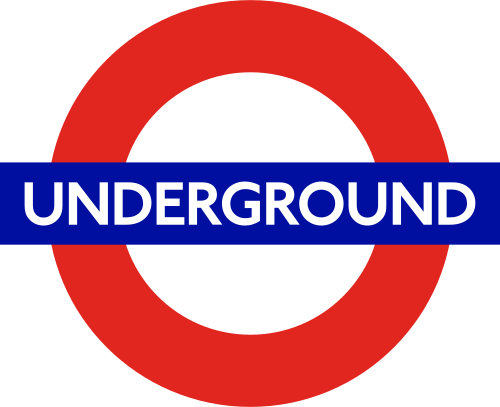
I confess, despite having lived in Britain before, that my knowledge of London is sparse.

During my time in Britain (England and Wales) when I lived in Oxford, Leicester, Nottingham and Cardiff, I did not visit London, for both the expense of the city as well as the immensity of the place intimidated me.
Only through the encouragement of my old friend Iain have I seen a wee bit of London: the Theatre District, the Greenwich Observatory, a section of the Thames Path (a 184 mile path that stretches from the Thames Barrier (where the Channel meets the River) to Kemble, just south of Cirencester) and a hodgepodge of meandering streets that confused me more than remained memories.
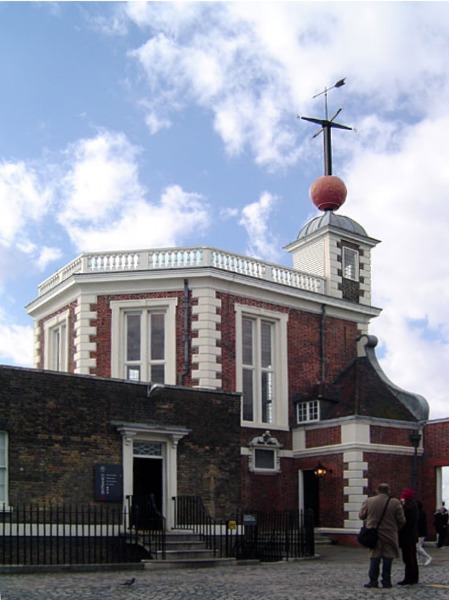
Above: The Royal Observatory, Greenwich, London
Now I will travel there with my wife, Ute, whom I met in Stratford-upon-Avon two decades ago.

Above: William Shakespeare´s birthplace, Stratford-upon-Avon
She hasn´t been to London since, though we both visited Cornwall a few years ago.

Above: Land´s End, Cornwall
Tomorrow, two people who live in a village of a population under 800, who both grew up in towns not much bigger than Landschlacht, will try and explore the world´s most visited metropolis on the planet in a short seven-day period.
The true danger is not terrorist attack, but rather being overwhelmed by London´s expanse and expense.

We have tried to prepare ourselves.
The hotel and flights have been booked ages ago.
We will bring ten guidebooks with us: Top 10 London 2017, London Stories, This Is London, London for Lovers, Horrible Histories London, Secret London, Lonely Planet London, Baedeker London, Brandt/ English Heritage`s London: In the Footsteps of the Famous and the German language Müller guide to London.
And, if we remain true to our past experiences of travelling, we will curse the weight of carrying the damn books around with us, which we probably won´t read more than a few pages of, before passing out into exhausted slumber each night, because we walked around so much being lost.
There is simply too much to see and do in London: the British Museum (the world´s oldest public museum), the National Gallery, the Natural History Museum, the Science Museum, Buckingham Palace, the London Eye ferris wheel, the Tate Gallery, Westminister Abbey and Parliament Square, the Tower of London and St. Paul´s Cathedral.

And these are the best known attractions in London.
We could try to see London through the eyes of famous folks who once lived here: Sherlock Holmes, Charlie Chaplin, Dr. Samuel Johnson (who coined the phrase: “When a man is tired of London, he is tired of life.”), John Keats, Sigmund Freud, Georg Handel, Wolfgang Amadeus Mozart, Benjamin Franklin, Charles de Gaulle, Virginia Woolf, Mahatma Gandhi, Jimi Hendrix, Henry James, Samuel Pepys, Geoffrey Chauncer, Oscar Wilde, and, not forgetting, the British Monarchy, just to name a few.

Above: Dr. Samuel Johnson (1709 – 1784)
My wife´s Swabian tendencies and my ancestral Scottish blood will probably compel us to see what we can for free in London: the Changing of the Guard at Buckingham Palace, the Tate Modern Gallery, the British Museum, the Natural History Museum, the Royal Institution, Free London Walking Tours, opera recitals at the Royal Opera House, the Roman ruins at the Guildhall Art Gallery, the view from the Oxo Tower Wharf, the feeding of the pelicans at St. James Park, Parliamentary debates, evensong at Westminister or St. Paul´s, stand-up comedy at the Camden Head Pub, and loads more of free entertainment across the City.
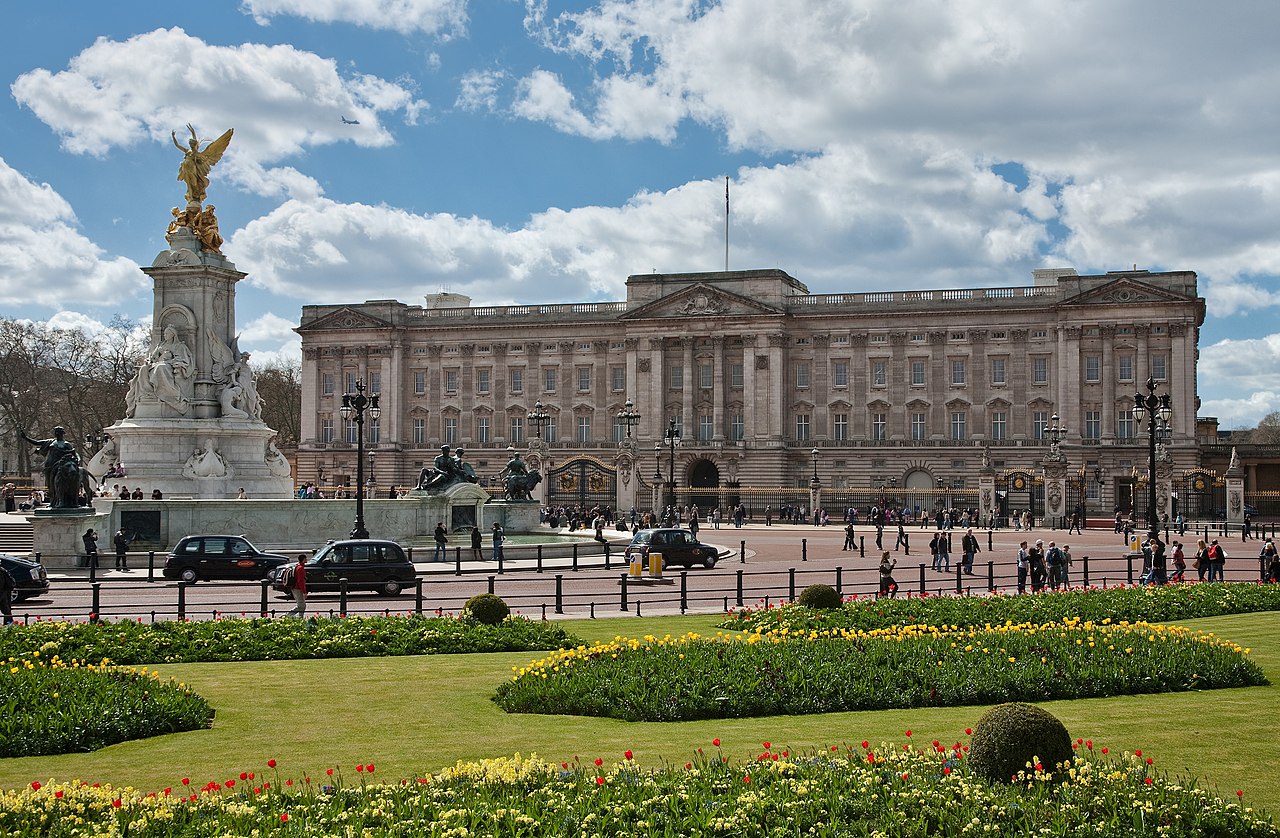
Above: Buckingham Palace, London
For three of the seven days we are in London, we shall explore the magic and mystery of London together, maybe even discovering some sites recommended by London for Lovers.
Above: Flower Walk, Kensington Gardens, London
For the four remaining days, while she attends a medical conference, I will wander about the streets on my own.
So what shall I do?
There are a number of temptations.
Do I trace Ben Judah´s explorations as chronicled in his This Is London, hoping to see London in the eyes of its beggars and bankers, cops and gangsters, sex workers and witch doctors, locals and immigrants?

Do I systematically pick neighbourhoods to explore as London Walks´ London Stories suggests?
Do I try to follow from cover to cover the alternative guidebook to London, Secret London, which promises to show me monsters in Trafalgar Square, have me check into Bedlam, praise God, buy meatballs, have a sauna, visit the House of Dreams, join the secret society to which Prince Charles belongs, and discover the secret to instant weight loss?

Above: Trafalgar Square, London
Or do I take the pedestrian approach and take a walk through London via the Southeast London Green Chain Walk, the London Outer Orbital Path, the Jubilee Walkway, the Lee Valley Walk, the Diana Memorial Walk or the Thames Path?
Above: OXO Tower, Thames Path on the riverside of building
Of course, there is, as well, the temptation of shopping.
I am a native English speaker resident in a country where English is not one of the official languages, who will be visiting England, the birthplace of English.

Above: The flag of England
To have unlimited access to an orgasmic cornucopia of endless variety of English language literature and music and movies….
Heaven!
I want to buy things like…. anime or foreign films that are only translated into German where I live, or music that is unknown in Switzerland, or BBC TV series that I would have to special order at high cost at a local Orell Füssli chain bookshop in St. Gallen or Zürich or at the English Bookshop across the German border in Konstanz.

Damn the weight restrictions that airlines impose!
Hilde Cook, the owner of the English Bookshop, suggested that I won´t want to return to Switzerland once I am away in London.
She may be right.
London is dangerously seductive.
But my home and my heart are in Switzerland so I must return.
But my wife is right, London is a danger zone.
The stress of trying to see and do so much in too short a time is dangerous indeed.

Sources: Wikipedia / Dorling Kindersley Eyewitness Travel, Top 10 London 2017 / Ben Judah, This Is London / London Walks, London Stories / Sam Hodges & Sophie Vickers, London for Lovers / Bradt & English Heritage, London: In the Footsteps of the Famous / Ralf Nestmeyer, Michael Müller Verlag, London / Lonely Planet, London Condensed / Baedeker´s, London / Rachel Howard & Bill Nash, Secret London: An Unusual Guide / Terry Dreary, Horrible Histories London



